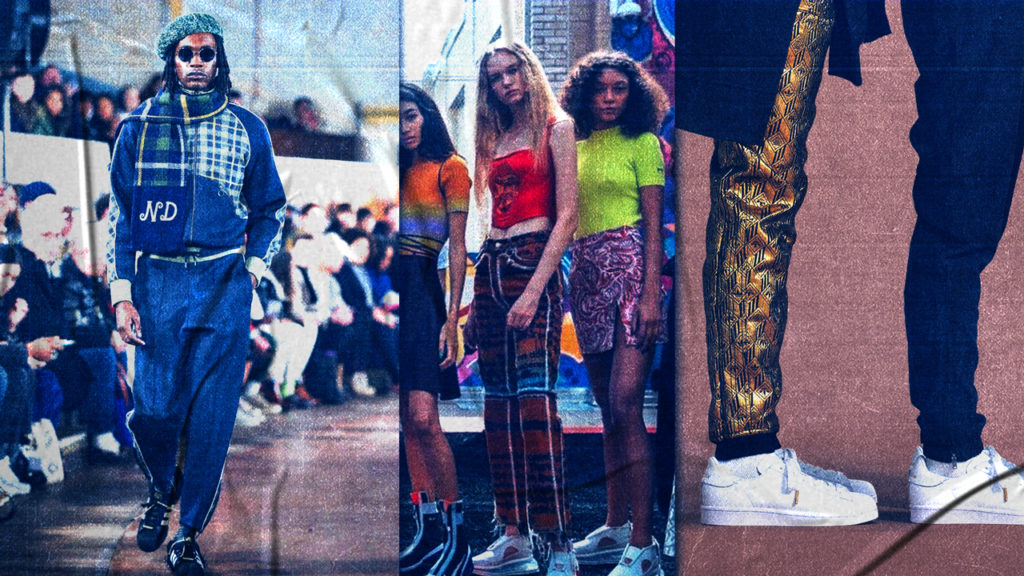Originally published on ION.
(Editor’s note: AList is published by a.network. To get up to speed on the rapid changes affecting the influencer marketing landscape, click here.)
Nike and Adidas are leaders of influencer marketing as both brands received over 300,000 mentions from US influencers in 2019. This is according to a new report from Traackr, “2020 State of Influence: Fashion,” which examines top-performing influencer strategies in the fashion vertical including luxury, contemporary, fast fashion and activewear categories.
Traackr ranked brands by their overall Brand Vitality Score (VIT), a measurement of reach, engagement and brand affinity. A balanced distribution of VIT indicates a brand leverages a mix of influencers with different follower size.
In this report, Traackr defines six types of influencers: VIP influencers who have over 5 million followers, top influencers who have over 1 million followers, macro-influencers who have over 500,000 followers, mid-influencers who have over 50,000 followers, micro-influencers who have over 10,000 followers and nano-influencers who have over 1,000 followers.
Nike and Adidas top the VIT ranking in the US, UK and France. Nike received 221,739 mentions in the US, 44,497 in the UK and 13,069 in France while Adidas received 100,227 mentions in the US, 28,356 mentions in the UK and about 8,000 in France. In the US, Louis Vuitton earned the third spot. In the UK, ASOS landed the top spot. In France, Zara came in second, followed by H&M, ASOS and Adidas.
Nike’s use of influencers across tiers attributed to its high ranking in 2019. Though Nike and Adidas outpaced other brands in terms of influencer mentions, Under Armour in the US and UK outperformed both brands in terms of influencer loyalty, or repeat posts and content performance, posts on an individual mention basis. Coming in third and fourth on the loyalty list are Puma and Reebok, respectively.
ASOS’s success in the UK is due to its activation of top-tier influencers, from which the brand has amassed 10 percent more VIT than the average for the UK and fast fashion.
The data shows that micro and mid-tier influencers in the US dominate while micro-influencers lead the way in the UK and France. Nano-influencers in the US and UK saw the highest engagement across categories.
Influencers in the US and UK post more about fast fashion and activewear while those in France mention fast fashion and luxury more. VIP influencers in the US contribute over 50 percent of contemporary and luxury brands’ total VIT and 35 percent of activewear brands’ VIT value. In addition to mega-influencers (up to 5 million followers), mid-tier and macro-influencers drive the most VIT value for activewear brands. In the US and the UK, most of the VIT for fast fashion brands comes from mid-tier, macro- and top-tier influencers. In the UK and France, across all tiers there’s an equal distribution of VIT in the luxury category.
These findings suggest that activewear, fast fashion and luxury brands saw the most success in 2019, while contemporary brands—those with clothing priced below luxury but above fast fashion—are struggling due to lack of a balanced activation of paid and earned influencer content across tiers.
Still, contemporary brands like & Other Stories and The Kooples have been chugging along thanks to their repeated use of mid-influencers.
Another interesting thing to note is that influencer mentions of sustainable fashion increased by 55 percent from 2018-2019 and mentions of secondhand fashion increased 137 percent. Engagement among these topics also grew—engagement rates on sustainable fashion and secondhand fashion posts increased 150 percent and 106 percent, respectively.
Findings are based on 2,032,000 posts from 111,110 influencers across 123 fashion brands in the US, UK and France between January-November 2019.


